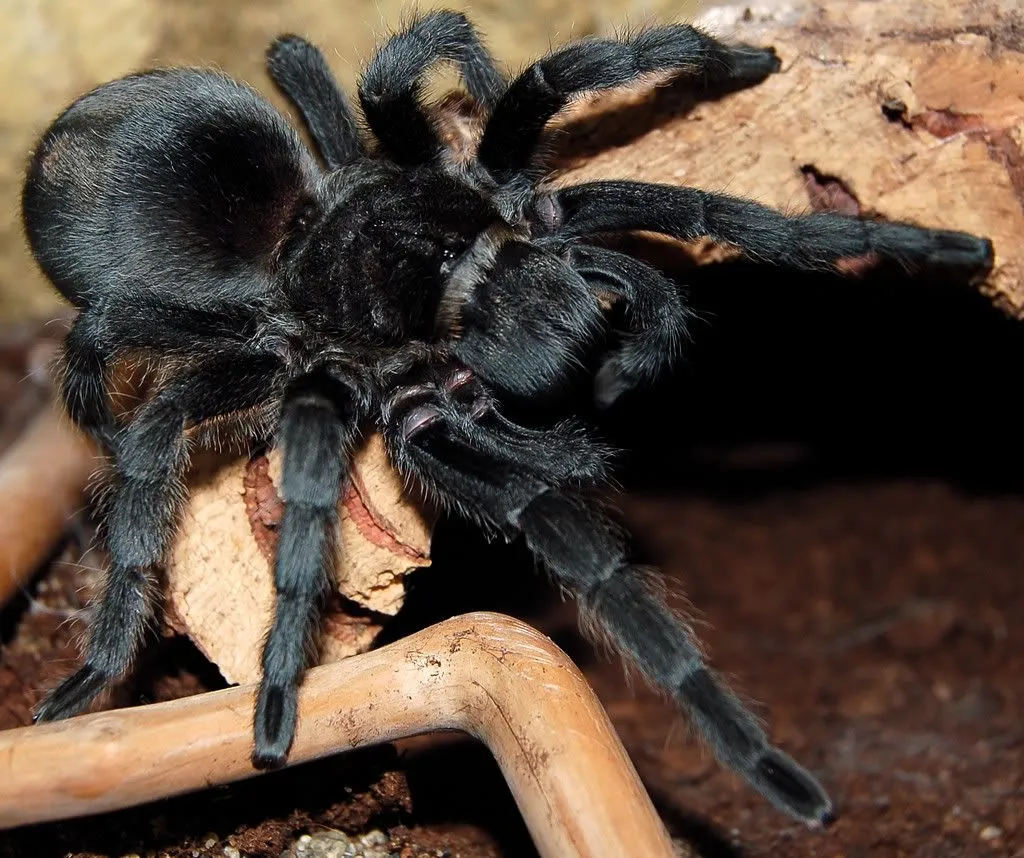Choosing the Right Tarantula
Embarking on the journey of tarantula ownership is an exciting endeavor, but it’s crucial to begin with the right selection. Choosing the right tarantula is the first essential step in ensuring both your satisfaction and the well-being of your new pet. The ideal choice hinges on several factors, including your experience level, the amount of time you can dedicate to its care, and the specific characteristics that appeal to you. Some species are known for their docile nature, making them better suited for beginners, while others may require more experienced handling due to their temperament or potent venom. It’s important to consider the size of the tarantula when fully grown, as this will dictate the size of the enclosure needed and the space required in your home.
Species Selection
There’s a vast array of tarantula species available, each with unique characteristics and care requirements. When selecting a species, it’s essential to research and understand these differences. Consider the following species, which are relatively easy to care for: the Chilean Rose Hair (Grammostola rosea), known for its docile nature and hardiness, making it a popular choice for beginners. The Mexican Red Knee (Brachypelma hamorii), also a good choice for beginners, is known for its striking coloration. Conversely, some species may require more advanced care, such as the Poecilotheria genus, which is known for its fast speed and potent venom and is better suited for experienced keepers. Consider how long you plan to keep the tarantula, as some species can live for decades.
Researching Tarantula Species
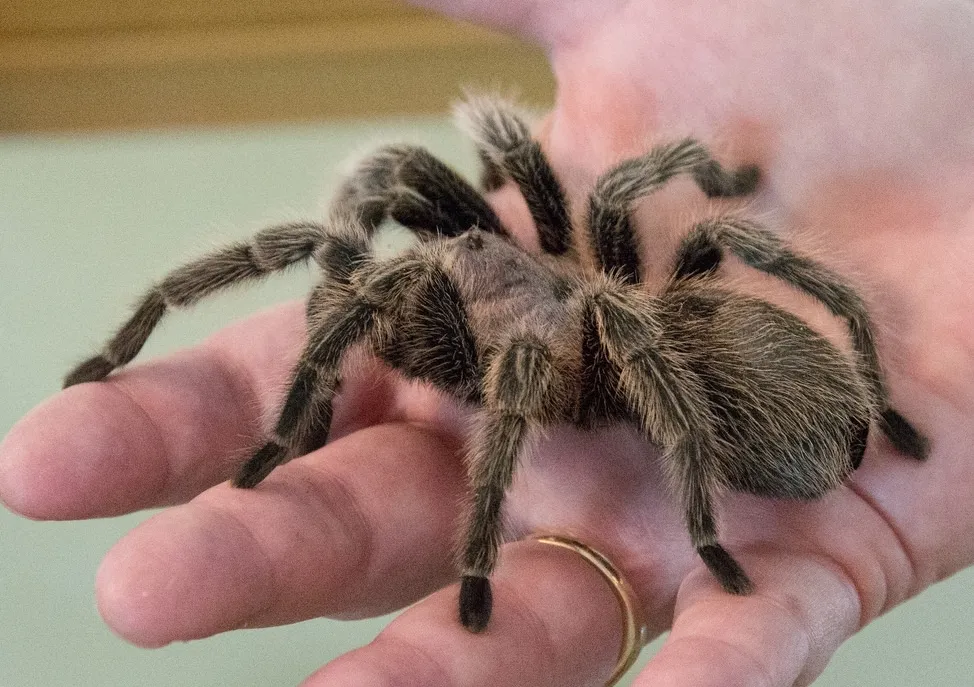
Before acquiring a tarantula, thorough research is non-negotiable. Understand the species’ natural habitat, dietary needs, and typical behavior patterns. Reliable sources, such as reputable breeders, online forums dedicated to tarantula care, and scientific publications, should be consulted. This research helps you prepare appropriately. Pay close attention to the specific environmental conditions, such as temperature and humidity, that the species requires to thrive. By researching a species, you will understand it is vulnerable to mites, infections, or other common tarantula health problems. A well-informed keeper is better equipped to provide the best possible care and can identify potential issues early, leading to a healthier and happier tarantula.
Understanding Temperament
Tarantulas exhibit varying temperaments, which is a crucial aspect to consider. Some species are calm and docile, while others may be skittish, defensive, or even aggressive. Temperament can influence how often you can handle the tarantula and the ease with which you can perform tasks like enclosure maintenance. Factors such as age, sex, and even individual personality can affect a tarantula’s disposition. Always handle tarantulas with caution, even those known for their calm nature. Be prepared to recognize signs of stress or aggression, such as raising the front legs, flicking hairs (urticating hairs), or a threat display. These behaviors are a warning and should be heeded to avoid being bitten or causing undue stress to the spider. Observing the tarantula’s behavior over time will help you understand its personality and adapt your care accordingly.
Sourcing Your Tarantula Online
Purchasing a tarantula online offers a convenient way to access a wide variety of species, often from specialized breeders. However, it’s essential to approach this with caution and choose reputable sources. The advantages of buying online include the ability to find rare or exotic species and access a broader market than what is available in local pet stores. The process, though, does require diligence to ensure you are getting a healthy specimen. Before purchasing, read reviews, check the seller’s reputation, and ensure they offer a live arrival guarantee. In addition, consider the shipping conditions and the seller’s experience in safely transporting tarantulas, as the spider’s well-being depends on the packaging and handling during transit. Avoid impulse buys and always prioritize the health and welfare of the tarantula.
Reputable Online Dealers
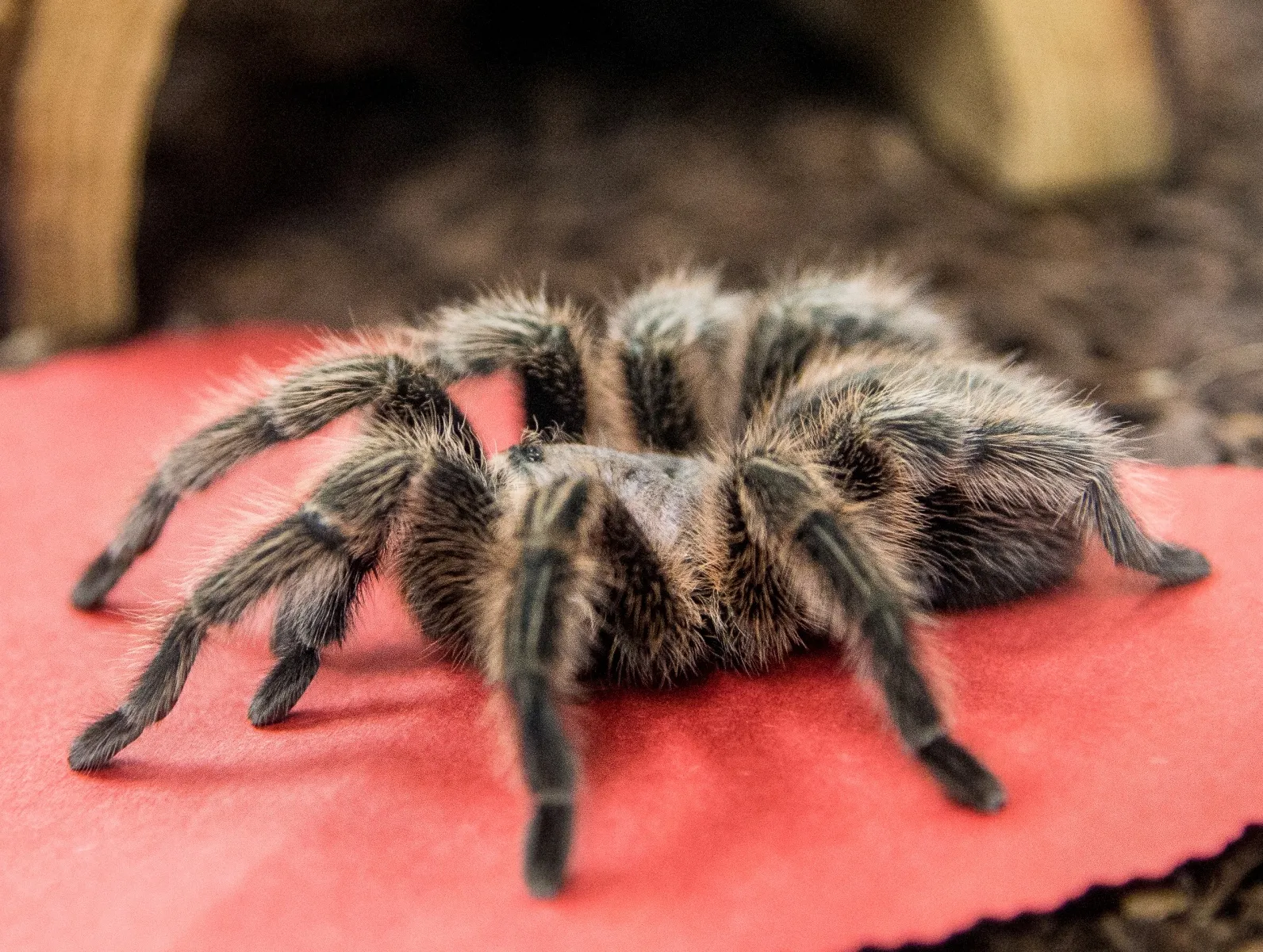
Identifying reputable online dealers is paramount to a successful purchase. Seek out sellers with positive reviews, transparent business practices, and a strong history of customer satisfaction. Look for dealers that specialize in tarantulas and are knowledgeable about the species they sell. They should be able to provide accurate information about the tarantula’s origin, age, and care requirements. Checking for a live arrival guarantee is also important, as it demonstrates the seller’s confidence in their shipping methods and commitment to the health of the animals they sell. Reputable dealers are more likely to provide proper packaging, using insulated boxes and heat or cold packs as needed, to protect the tarantula during transit.
Checking for Health and Quality
When selecting a tarantula online, examine the spider’s health and quality carefully. Request clear photos or videos from the seller to assess its physical condition. Look for signs of a healthy tarantula, such as a plump abdomen (indicating adequate feeding), complete legs, and a vibrant color. Be wary of spiders with missing limbs, bald patches (which could indicate excessive stress or parasitic mites), or any visible signs of illness or injury. Avoid purchasing tarantulas that appear lethargic, as this may indicate a health issue. Inquire about the spider’s feeding habits and molting history, as this information can provide insights into its overall health and well-being. Before finalizing the purchase, verify the seller’s return policy in case the tarantula arrives in poor condition.
Quarantine Procedures
Upon receiving a new tarantula, especially one purchased online, it is essential to implement quarantine procedures. Quarantine involves isolating the new spider in a separate enclosure away from any other tarantulas you may already own. This prevents the potential spread of disease, parasites, or mites to your existing collection. The quarantine period should last for at least 30 days, during which you should closely observe the spider for any signs of illness. Ensure the enclosure is properly set up with suitable substrate, hide, and appropriate temperature and humidity. Do not share any items, such as feeding tongs or water dishes, between the quarantined tarantula and your other spiders to minimize cross-contamination. After the quarantine period, if the tarantula appears healthy, you can gradually introduce it to your existing collection. Quarantine is a vital step in responsible tarantula ownership.
Setting Up the Perfect Tarantula Habitat
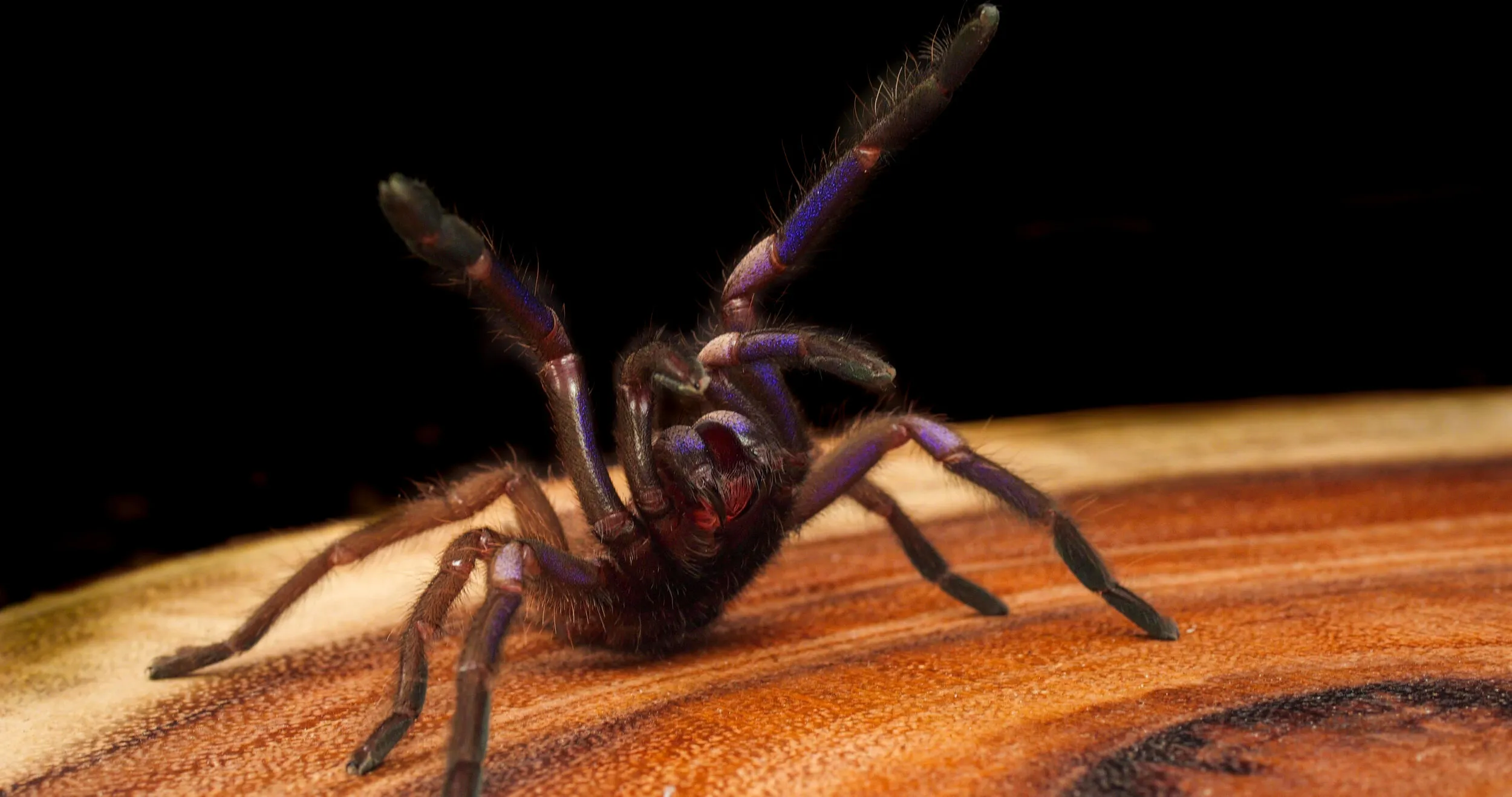
Creating an optimal habitat is essential for the health and well-being of your tarantula. The enclosure should mimic the spider’s natural environment and provide adequate space, hiding places, and environmental controls. Incorrect setups can lead to stress, health problems, and even premature death. Factors such as the size of the tarantula, its species-specific needs, and your home’s environmental conditions will influence the ideal setup. The goal is to create a balanced environment, one that meets the tarantula’s physical and psychological needs. Careful attention to the details of the enclosure will ensure a safe and comfortable home for your tarantula, allowing it to thrive.
Enclosure Size and Type
The size and type of enclosure are crucial factors in tarantula care. The enclosure should be large enough for the tarantula to move around comfortably but not so large that it feels insecure or that it makes finding food difficult. As a general rule, the enclosure should be at least twice the spider’s leg span in width and length and tall enough to allow for at least a few inches of substrate. For terrestrial species, a wider enclosure is typically preferred, while arboreal species may require taller enclosures with climbing branches. The type of enclosure material is also important. Glass or clear plastic enclosures are common, offering good visibility. Ensure the enclosure has a secure lid to prevent escapes and well-ventilated to maintain optimal humidity. Avoid enclosures with sharp edges or potential hazards that could injure the tarantula.
Substrate Selection
The substrate serves as the flooring of the tarantula’s enclosure and plays a vital role in maintaining humidity, providing a place to burrow, and offering the tarantula a comfortable surface. There are various substrate options available, including peat moss, coconut fiber (coco coir), vermiculite, and a mix of these materials. The choice of substrate depends on the species and its specific needs. For burrowing species, a substrate that allows digging is necessary, while more arid-adapted species may require substrates that retain less moisture. The depth of the substrate also varies; burrowing species may need several inches to create tunnels, while others may need only a shallow layer. Regardless of the chosen substrate, it should be non-toxic, free of pesticides, and replaced regularly to maintain hygiene and prevent mold or bacterial growth.
Temperature and Humidity Control
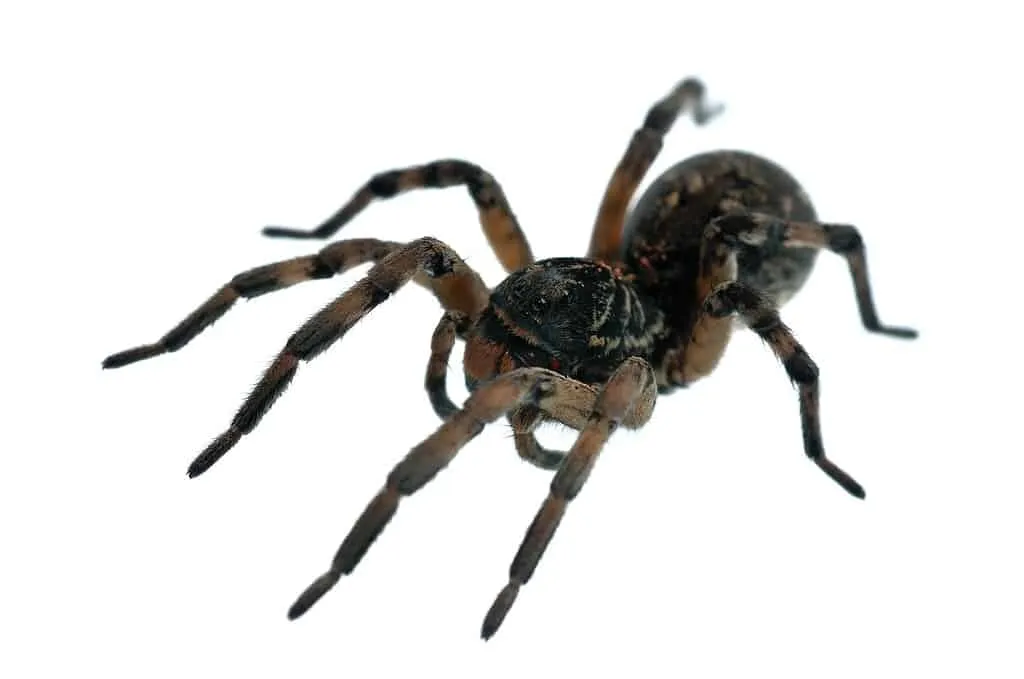
Maintaining the correct temperature and humidity levels is essential for the health and well-being of your tarantula. Tarantulas are ectothermic, meaning they rely on external heat sources to regulate their body temperature. The ideal temperature range varies depending on the species, but typically, it is between 70-85°F (21-29°C). Use a thermometer to monitor the temperature within the enclosure, and provide a heat source, such as a heat mat, if needed. Humidity levels also vary by species, but most tarantulas require a specific range to thrive. High humidity is often best for tropical species, while others need a drier environment. Use a hygrometer to measure humidity and adjust it by misting the enclosure with water or providing a water dish. Poor temperature or humidity control can lead to issues like molting problems, dehydration, and illness.
Providing Hiding Places and Enrichment
Tarantulas are naturally secretive animals and require hiding places to feel secure. Providing appropriate hiding spots is crucial for their well-being and can reduce stress. These hiding places can be in the form of cork bark, hollow logs, artificial plants, or commercial tarantula hides. The hide should be appropriately sized, allowing the tarantula to retreat completely. Enrichment is also important; this can include adding various textures, such as rocks or branches, to the enclosure. Providing items like artificial plants or sturdy decorations enhances the spider’s environment, providing a more stimulating experience and mimicking its natural habitat. Avoid using items that have sharp edges or that could pose a risk to the spider.
Feeding Your Tarantula
Feeding is one of the most rewarding aspects of tarantula ownership. Providing the right type of food, in the correct amounts, is essential for your spider’s health, growth, and overall well-being. Tarantulas have specific dietary requirements and feeding habits that differ from other pets. Understanding these details will help you establish a routine and provide the optimal nutrition for your tarantula. An improperly fed tarantula can suffer from health problems or fail to thrive. From the size of the prey to the feeding frequency, careful attention to detail will guarantee your tarantula has the best life possible.
Appropriate Food Items
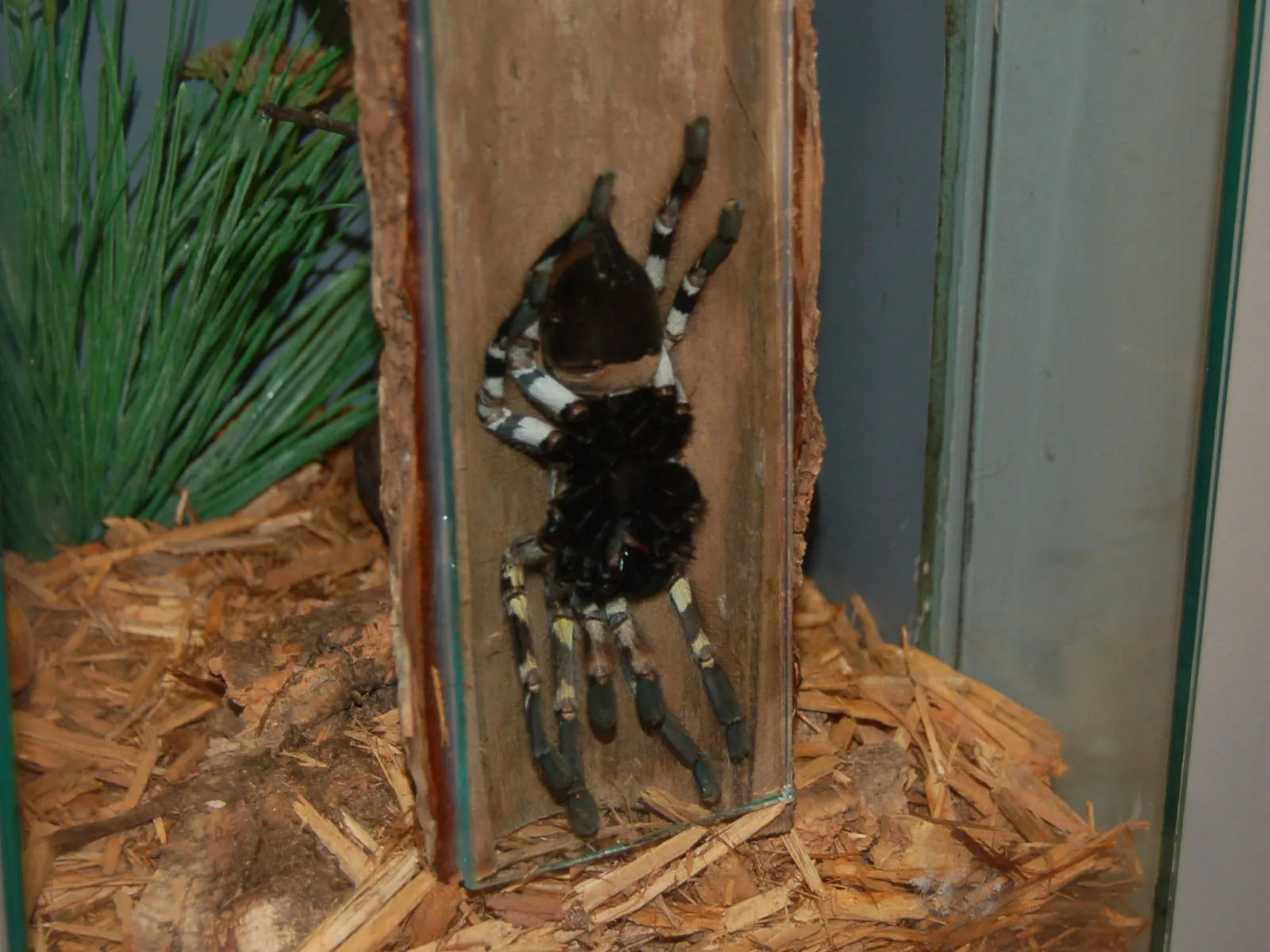
The diet of a tarantula primarily consists of live insects, such as crickets, mealworms, cockroaches, and, occasionally, other invertebrates. The size of the prey should be appropriate for the size of the tarantula; the prey should be no larger than the spider’s body. For smaller tarantulas, it might be necessary to provide smaller food items such as fruit flies or pinhead crickets. Always ensure the insects are gut-loaded, meaning they are fed a nutritious diet prior to being offered to your tarantula. Gut-loading ensures that your tarantula receives essential vitamins and minerals. Avoid feeding wild-caught insects, as they may contain parasites or be contaminated with pesticides. It’s also important to remove uneaten food items within 24 hours to prevent mold and bacteria growth in the enclosure.
Feeding Frequency
The frequency of feeding depends on the tarantula’s age, size, and metabolism. Spiderlings (young tarantulas) typically require more frequent feedings, often several times a week, while adult tarantulas can be fed less often, such as once a week or even less. Observe your tarantula’s feeding behavior and abdomen size to determine the appropriate feeding schedule. A tarantula with a plump abdomen indicates it is well-fed, whereas a thin abdomen may suggest it is underfed. Avoid overfeeding, as this can lead to health problems and even shorten the lifespan of your tarantula. During the molting process, tarantulas typically stop eating, so do not offer food during this period.
Watering and Hydration
Providing a clean water source is critical for your tarantula’s hydration. Even though tarantulas get some moisture from their food, they still need a constant water supply. For most species, a shallow water dish filled with fresh water is ideal. The water dish should be small enough to prevent the tarantula from falling in and drowning. The water should be changed regularly to maintain its cleanliness and to prevent the growth of bacteria or algae. Some keepers also mist the enclosure to provide moisture, particularly for species that require higher humidity levels. However, be careful not to over-saturate the enclosure, as excessive moisture can lead to mold and health issues. Always ensure your tarantula has access to clean water.
Maintaining Optimal Habitat Conditions
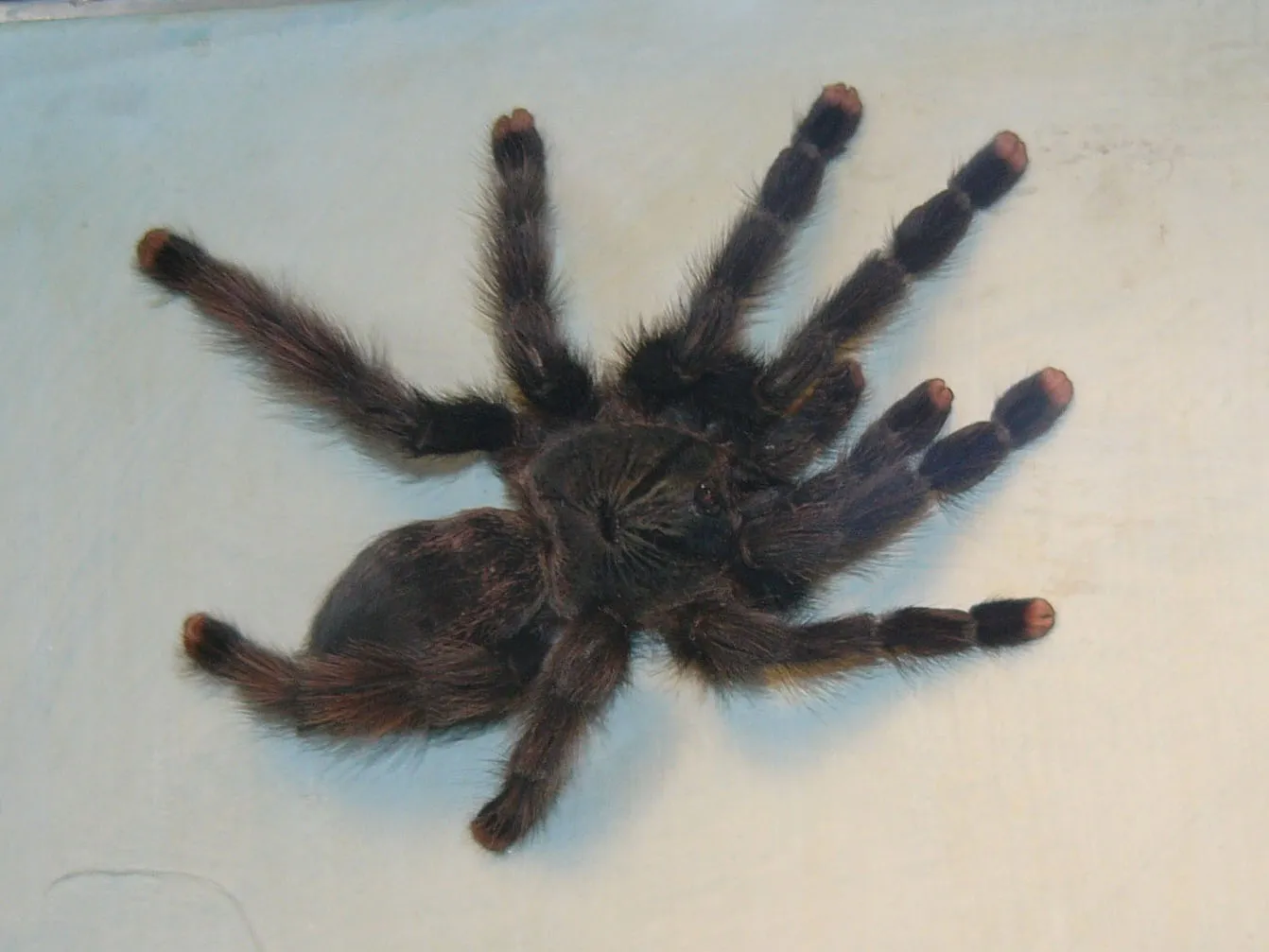
Maintaining optimal habitat conditions is an ongoing process that ensures the long-term health and happiness of your tarantula. This involves regular cleaning, monitoring environmental factors, and promptly addressing any issues that arise. A well-maintained enclosure prevents the buildup of waste and harmful bacteria and provides the perfect environment for your tarantula to thrive. It requires dedication and attention to detail and is a crucial aspect of responsible tarantula ownership. Consistent care is the foundation for a healthy and thriving pet.
Cleaning the Enclosure
Regular cleaning is essential for maintaining a healthy environment for your tarantula. Remove any uneaten food items promptly to prevent mold and bacteria growth. Spot-clean the enclosure as needed, removing any feces, shed exoskeletons, and other debris. For more comprehensive cleaning, replace the substrate periodically, typically every few months, or sooner if it becomes heavily soiled. Before cleaning, move the tarantula to a secure container. When replacing the substrate, ensure the enclosure is thoroughly cleaned and disinfected. Avoid using harsh chemicals or cleaning agents, which can be toxic to tarantulas. Regular cleaning helps to control the environment and prevents the spread of disease and parasites.
Monitoring Humidity and Temperature
Regularly monitoring humidity and temperature is essential to ensure that your tarantula is living in ideal conditions. Use a hygrometer to monitor the humidity levels within the enclosure. Adjust the humidity by misting the enclosure, providing a water dish, or adjusting ventilation as needed. Monitor the temperature using a thermometer. Ensure the temperature is within the optimal range for the specific tarantula species. Make adjustments to the heat source, such as a heat mat or ceramic heat emitter, as necessary. Record temperature and humidity levels to identify any fluctuations and to ensure the environment is consistent. Consistent monitoring is key to proactively managing the enclosure conditions and making adjustments as needed.
Identifying and Addressing Health Issues
Tarantulas, like all living creatures, can experience health problems. Early detection and appropriate intervention are vital to ensure your tarantula’s health and well-being. Understanding the common health issues and being vigilant in recognizing symptoms is a critical part of responsible tarantula ownership. Many health problems can be easily resolved with proper care and preventative measures. However, if a serious issue is suspected, seeking veterinary care from a qualified exotic animal veterinarian is crucial to help your spider recover and thrive.
Common Health Problems
Several health problems can affect tarantulas. Parasitic mites can infest a tarantula and cause irritation and health issues; their presence can be detected by tiny, moving specks on the spider. Fungal infections may occur if the environment is too humid. Molting problems can result from environmental stress, such as improper humidity or temperature, or from nutritional deficiencies. Abdominal damage can occur if the tarantula falls or is mishandled. Bacterial infections can arise from poor enclosure conditions. Recognizing the potential causes of these problems is an important step in prevention. Implementing preventative measures, such as providing the correct temperature and humidity, avoiding the use of pesticides, and ensuring that the enclosure is clean, can minimize the risk of health issues.
Recognizing Symptoms
Learning to recognize the symptoms of illness or distress is essential for identifying health issues early. Common symptoms to watch for include loss of appetite, lethargy, and changes in behavior, such as a refusal to move or a lack of activity. Other signs include physical abnormalities, such as bald spots (which can indicate mites), unusual growths, or injuries. Molting problems can be another sign of underlying health issues. Observing the tarantula’s abdomen for changes in size can also be informative; a shrunken abdomen may indicate dehydration or starvation. Be aware that tarantulas have specific defenses, such as flicking hairs, and these actions are important to recognize. A sick or stressed tarantula may act differently, exhibiting defensive postures. Consistent observation of the tarantula’s behavior and appearance is crucial for identifying any potential health problems.
When to Seek Veterinary Care
Not all tarantula health issues require veterinary intervention; some can be resolved by adjusting care practices. However, it is important to know when to seek veterinary care from an experienced exotic animal veterinarian. If you observe severe symptoms, such as difficulty molting, significant injuries, or signs of systemic illness, it is crucial to consult a veterinarian. If you are unsure whether the tarantula’s condition is normal, contacting an expert can help guide you. A veterinarian can diagnose the problem, provide appropriate treatments, and offer valuable advice to prevent future issues. Early intervention is crucial, as diseases can progress rapidly. Finding a qualified veterinarian with experience in tarantula care ahead of time can be helpful.
Handling Your Tarantula
Handling a tarantula can be a rewarding experience, but it should be approached with caution and respect. While some species are more docile and tolerant of handling, others are defensive and may bite or exhibit other defensive behaviors. The safety of both the tarantula and the handler should always be the priority. Knowing the best methods for safe handling and how to interpret the spider’s behavior is crucial to ensuring that interaction is a positive one. Careful handling can provide bonding opportunities and a deeper understanding of your pet, while at the same time minimizing potential risks.
Safe Handling Techniques
If you choose to handle your tarantula, there are specific techniques that should be employed to ensure safety. Never handle a tarantula if you are nervous, as your anxiety can transmit to the spider. Before handling, ensure you have a clear surface, such as a table, in case the spider falls. Always approach the tarantula slowly and gently. Avoid sudden movements or loud noises, as these can startle the spider. Support the spider’s body with both hands if possible. Never force the spider to move if it is not cooperative. If the spider shows any signs of stress or aggression, such as raising its front legs or flicking hairs, immediately stop handling and allow it to retreat. It is always a good idea to handle your tarantula over a soft surface to prevent injury if it falls.
Understanding Tarantula Behavior
Understanding tarantula behavior is essential for safe handling. Learn to recognize signs of stress or aggression. A defensive tarantula may raise its front legs, lift its abdomen, or flick hairs as a warning. A tarantula may also try to flee. These behaviors are indicators that the spider is not comfortable. If you notice these signs, immediately return the tarantula to its enclosure. Observe the spider’s overall demeanor. If the tarantula is calm, relaxed, and walks slowly, handling may be possible. Always respect the spider’s boundaries. Never attempt to handle a tarantula if it is in the process of molting or if it has recently molted. Avoid handling after feeding, as the spider may be more vulnerable at this time. By understanding your tarantula’s behavior, you can provide a safe experience.
Final Thoughts
Caring for a tarantula is a rewarding experience that combines fascination with responsibility. It requires attention to detail, a willingness to learn, and a genuine interest in the well-being of these amazing creatures. By following the guidelines, you can provide a safe, comfortable, and stimulating environment for your tarantula to thrive. Remember that every tarantula is unique, and their individual needs will change over time. This guide is a starting point, and continuing to research, observe, and adapt your care practices is key to becoming a successful tarantula keeper. Enjoy the journey of tarantula ownership and the unique insights these amazing animals can provide.
